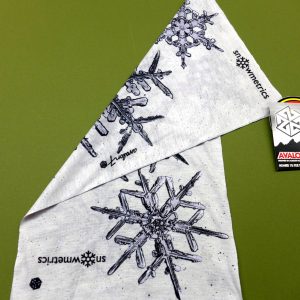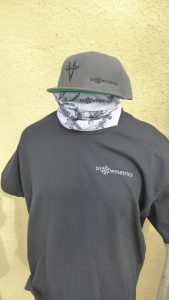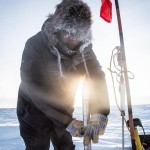snowTool App NEW!
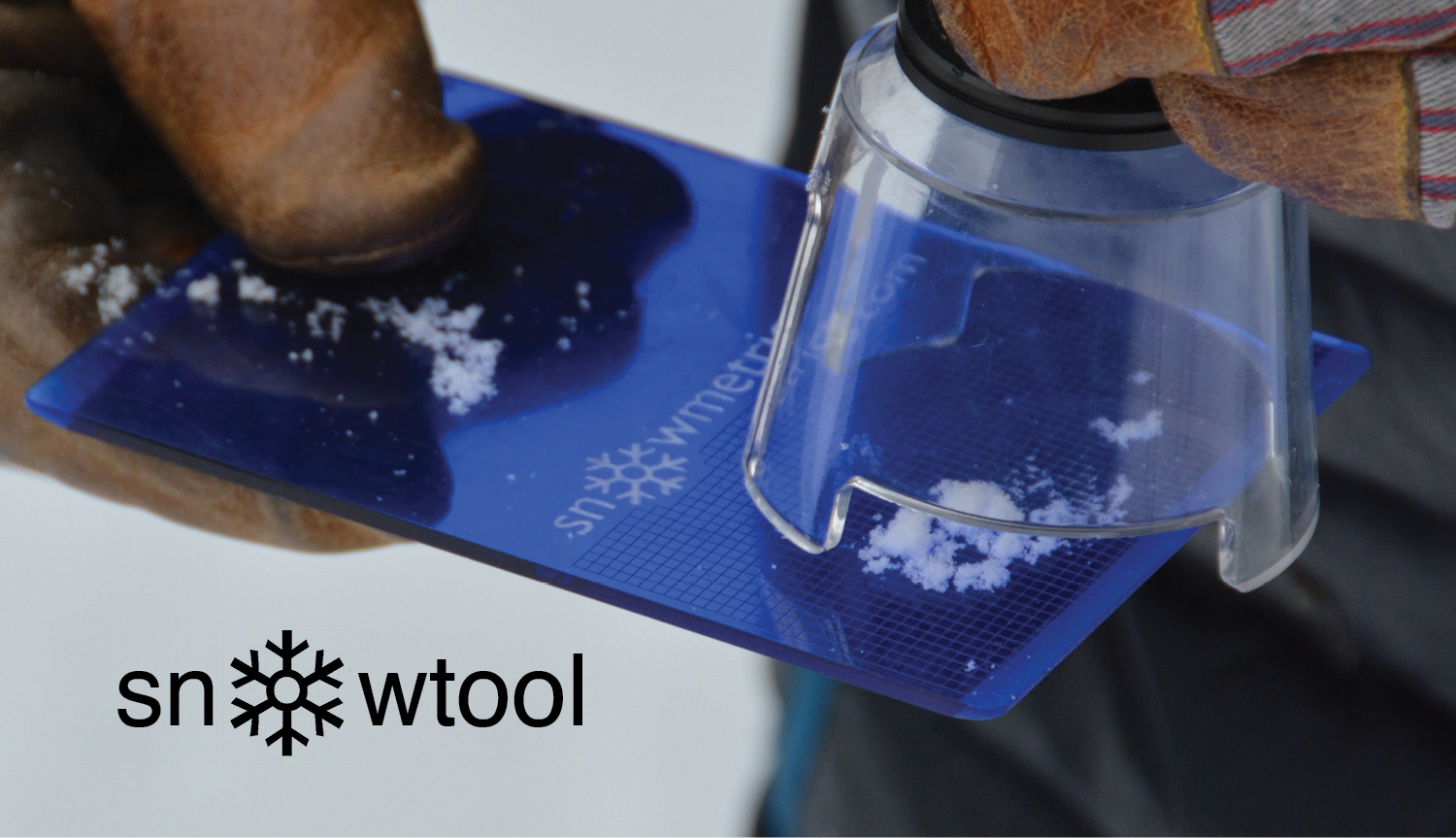
This App presents an extensive visual library to help you learn and identify snow crystal and grain types using a recognized and well-established classification system. SnowTool is a free, easy-to-use snow crystal identification app designed for students and snow science enthusiasts. Using the International Classification for Snow, SnowTool helps you identify and understand the different atmospheric and snow pack structures with a rich gallery, detailed information, and a glossary. It is currently avaliable for iOS systems and will be available for Android systems soon.
We hope it will also support and facilitate education in cryospheric and hydrolic sciences.
The App is FREE, for now and we hope to keep it that way. Go to the APP store and look for SnowTool. Please tell others about it. Share it widely.
If you want to support the building, and maintenance efforts, we’d appreciate your help to make it even better!
It’s been a long time coming!

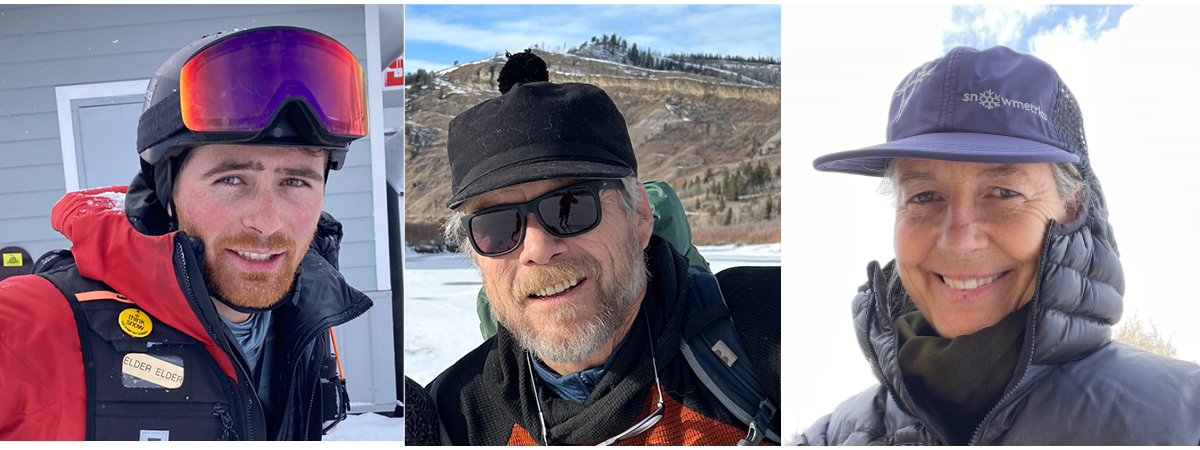
Dylan Elder, Kelly Elder, & Lisa Morgan
HOW TO USE THE APP
The first thing we often do when we look at complicated things is break them down into categories. With snow, we first divide the crystals into atmospheric forms and those found in the snowpack. Atmospheric forms are primarily divided by shape. Thus, we have atmospheric categories such as stellars, plates, needles, etc. Snowpack forms are primarily divided by process: kinetic, equilibrium, melt-freeze, etc.
International committees have agreed on a nomenclature that serves this purpose. We use this protocol in our SnowTool app to make things easier for you and to maintain consistent communication between people and organizations.
The International Classification for Seasonal Snow on the Ground details a recognized classification that divides both atmospheric and snowpack forms first by main classes, then further by subclasses. Both are represented by two-letter codes, the atmospheric forms are given a main class of PP for precipitation particles and have many subclasses, such as stellar dendrites sd, plates pl, etc.
A full description of a grain might then be PPsd, PPpl, etc. Although there is only one main class for atmospheric forms PP, there are eight separate main classes for snowpack forms, including common classes such as facets FC, rounded grains RG, and melt forms MF. Numerous subclasses for snowpack forms exist, such as small round sr and large round lr for rounded grains; these would be labeled RGsr and RGlr, respectively.
We encourage you to pay attention to the major classes first (two-letter capital code). Get comfortable with those, then add in the subclasses with time ((two-letter, uncapitalized code). It will be obvious which major class and subclasses to learn, because these will be the ones you are most frequently exposed to in your field observations. Note that the subclass is never used without the major class.
We use categories to simplify and communicate. Note that because the snowpack is ever changing, you are really observing a structure (snowpack stratigraphy) and its parts (grains and crystals) that represent a continuum. A faceted grain may be rounding or a round grain may be faceting. Some grains may not easily fit into simple categories or may show characteristics of more than one shape or process. Be patient – you’ll figure it out. After more than 40 years of looking closely at snow grains, I continue to see new things on a regular basis. It’s one of the reasons this stuff is so interesting.
There is also a symbol set that goes with the major classes and subclasses. We use symbols too in most cases on the SnowTool app. It is appropriate to use major and subclass symbols, but it is also fine to use just the subclass symbol for a given grain.
This is the first release of the sn❄wtool App. Check back often as we will add more images and features to provide more education and utility.
ABOUT US
Some of the images contained in this collection were taken as far back as 1978. If my math is correct, that was 47 years ago. Credit goes to two people. Rod Newcomb let me attend an avalanche workshop in Jackson, Wyoming that year. Ron Perla had some interesting images of snow grains and I asked him how he took the photographs. He was kind enough to sketch out the set up for me on the back of a napkin. I went home and built a similar outfit using an old Pentax, epoxy, and some wood scraps. Ever since then, I have been observing and studying snow at multiple scales from grains to watersheds.
The micro scale has always fascinated me. While the atmosphere is well known for producing an incredible variety of unbelievable shapes, the transformations that occur within the snowpack are equally astonishing. This app was inspired by Rod and Ron, and is dedicated to them.
For years I tried to figure out how to share these images effectively on paper, but I never did. Being a bit slow on the digital uptake, it took me a while to figure out that the phone was the perfect platform to make an anywhere-anytime display that could be used for education and science, or just to look at pragmatic, and sometimes beautiful snow images.
My son Dylan contributed images and guidance. My partner Lisa Morgan added project management and design. Mac Greene developed the app.
We hope you find it useful, educational, and fun to explore. Ideally, it will inspire you to spend more time outside looking at real snow instead of pictures of snow. We welcome constructive feedback. Be safe out there.
Kelly Elder
BACKGROUND
Snow crystals have been studied since ancient times. Aristotle, da Vinci, Kepler and Descartes all included observation in the work. Humans find an innate fascination in the structure and detail of natural phenomenon, and few things are more interesting than snow crystals.
Snow crystals are formed in the atmosphere where they gain mass and fall to the Earth’s surface. Once deposited, they may melt, sublimate, or accumulate into a seasonal snowpack. Seasonal snow that does not fully melt may turn into perennial snow deposits, or eventually glaciers. Atmospheric snow deposition is the source of much of the midlatitude water supply for the world. The seasonal snow cover plays a significant role in regulating the Earth’s surface temperature.
Changes in the seasonal snow cover at the snow surface and within the snowpack, may lead to instabilities that affect avalanches. These changes are due to processes known as snow metamorphism, driven by energy inputs and losses to the snowpack. Knowledge of snow crystal morphology (size, type, shape, etc.), is a useful tool in determining the history of the snowpack development and likely future changes.
Snow crystal growth and evolution is complicated. Scientists are still trying to figure out how it works. One of the primary reasons it is complicated is that the water molecule exists in all three phases (solid, liquid, and gas) at temperatures where we are interested in snow (called the triple point). Snow changes very quickly at, or near, the triple point. But humans are clever and we have figured out ways to describe different snow and different snow properties in simple ways.
At first glance the rich variety of snow crystals is inspiring, but also intimidating. Like anything, if you are interested and invest a little time and energy, you can learn a great deal of useful information about snow crystals and grains in a relatively short time. Crystal ID is like learning another language. If you partake and use it, you will become functional quickly. If you devote a little more time and energy, you will become fluent.

